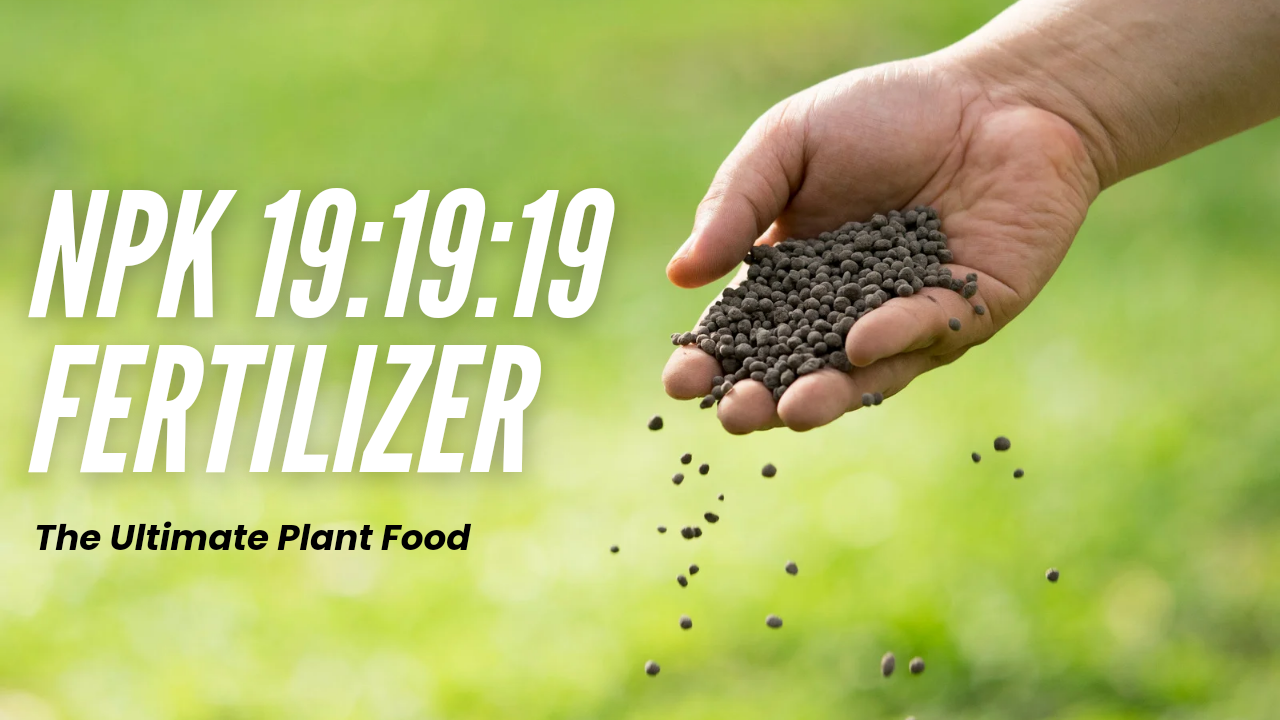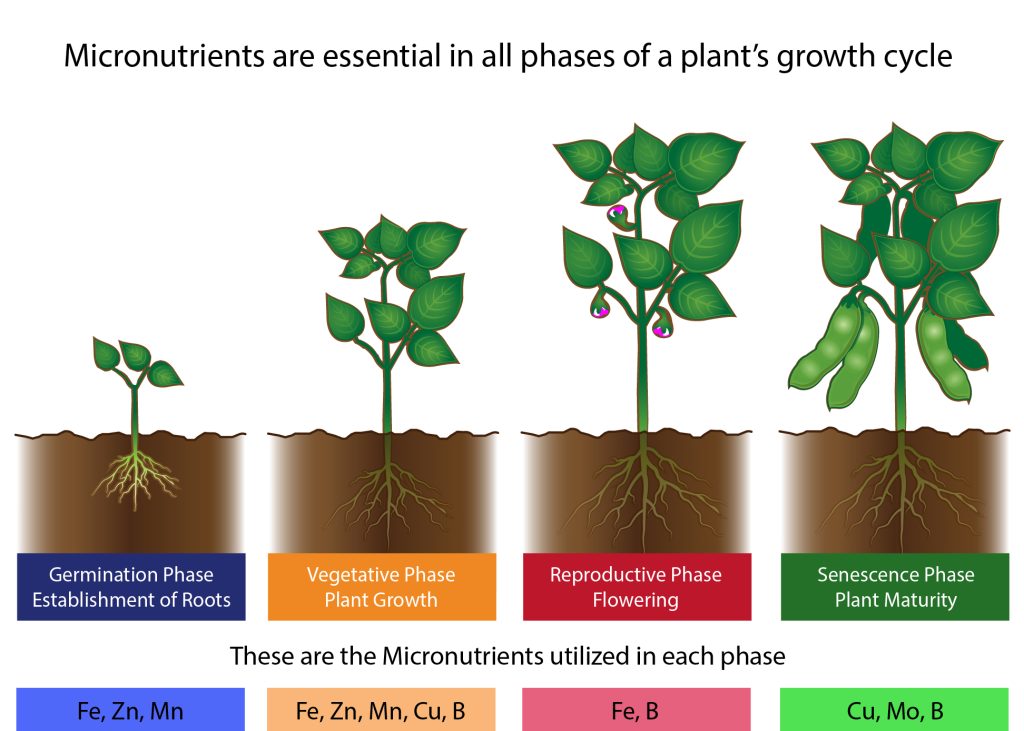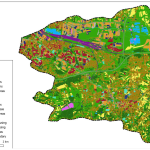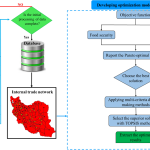Are you struggling to figure out how to balance NPK for your crops? You’re not alone.
Achieving the right nutrient balance can make the difference between a bountiful harvest and a disappointing yield. Whether you’re a seasoned farmer or a gardening enthusiast, understanding how to tailor the NPK ratio to different crop types is crucial. Imagine your plants thriving with lush growth and abundant produce.
Sounds appealing, right? In this guide, we’ll reveal the secrets to optimizing NPK for various crops, ensuring that your plants not only survive but truly flourish. Stick around to learn how to unlock the full potential of your garden or farm with the right nutrient mix.

Understanding Npk Ratios
Understanding NPK ratios is crucial for successful crop growth. NPK stands for nitrogen (N), phosphorus (P), and potassium (K). These elements are key nutrients for plants. Each crop type needs a different balance of these nutrients. Having the right NPK ratio ensures healthy plant growth and high yields.
What Are Npk Ratios?
NPK ratios show the percentage of each nutrient in fertilizers. For example, a 10-20-10 fertilizer has 10% nitrogen, 20% phosphorus, and 10% potassium. These numbers help farmers choose the right fertilizer for their crops. A balanced NPK ratio supports plant health and productivity.
Why Is Nitrogen Important?
Nitrogen helps plants grow green leaves. It is essential for photosynthesis. Crops like corn need high nitrogen levels. Without enough nitrogen, plants may become yellow and weak. Choosing fertilizers with the right nitrogen content is key.
The Role Of Phosphorus In Crop Growth
Phosphorus promotes root development and flowering. It supports energy transfer within plants. Root crops like carrots need phosphorus-rich fertilizers. Adequate phosphorus levels lead to strong plants and better yields.
Understanding Potassium’s Benefits
Potassium strengthens plant stems and roots. It helps plants resist diseases and stress. Fruit-bearing plants often require higher potassium levels. Potassium-rich fertilizers contribute to healthier fruits and increased resistance.
Adjusting Npk Ratios For Different Crops
Different crops have unique NPK needs. Leafy greens thrive with high nitrogen fertilizers. Root crops benefit from phosphorus-rich options. Fruit crops need balanced potassium levels. Understanding these needs helps farmers choose suitable fertilizers.
The Impact Of Soil Testing
Soil testing identifies nutrient levels in the field. This process guides farmers in selecting the right NPK fertilizers. It ensures that crops receive adequate nutrients. Testing helps avoid nutrient deficiencies and excesses.
Monitoring Crop Health
Regularly check crop health for signs of nutrient imbalance. Yellow leaves may indicate nitrogen deficiency. Poor root growth suggests phosphorus shortage. Weak stems could signal low potassium levels. Monitoring helps make timely adjustments.
Crop-specific Nutrient Needs
Understanding crop-specific nutrient needs is vital for successful farming. Each crop type has unique requirements for nitrogen (N), phosphorus (P), and potassium (K). Balancing these nutrients ensures healthy growth and maximizes yield. Knowing the precise needs of your crops can lead to more efficient use of fertilizers.
Different crops absorb and utilize nutrients differently. Tailoring nutrient application to specific crop types can prevent nutrient deficiencies or excesses. This approach not only benefits the crops but also conserves resources and protects the environment.
Wheat
Wheat requires a balanced NPK ratio for optimal growth. Nitrogen is crucial for leaf development. Phosphorus supports root growth and energy transfer. Potassium enhances disease resistance and grain quality.
Corn
Corn has high nitrogen needs, especially during early growth stages. Phosphorus is essential for seedling growth. Potassium improves drought tolerance and stalk strength. Adjust NPK levels according to growth stages for best results.
Rice
Rice thrives with balanced NPK, but nitrogen is key for yields. Phosphorus aids in early root development and tillering. Potassium improves grain filling and plant health. Monitor soil nutrients regularly to adjust as needed.
Tomatoes
Tomatoes need more potassium for fruit quality. Nitrogen supports leafy growth, but avoid excess to prevent lush foliage with fewer fruits. Phosphorus is vital for flowering and fruit set. Adjust NPK based on growth and soil tests.
Potatoes
Potatoes demand higher potassium levels for tuber development. Nitrogen supports foliage growth, crucial in early stages. Phosphorus enhances root growth and tuber quality. Regular soil testing can help maintain the right nutrient balance.
Effective Soil Testing Techniques
Understanding soil health is crucial for optimal crop growth. Effective soil testing techniques help determine nutrient levels, ensuring balanced NPK for various crops. The right balance of nitrogen (N), phosphorus (P), and potassium (K) is essential. It supports healthy growth and maximizes yield.
Understanding Soil Sampling
Soil sampling is the first step in soil testing. It involves collecting soil from multiple locations in the field. Each sample represents the area’s average soil condition. Use clean tools to avoid contamination. This ensures accurate results.
Using Laboratory Analysis
Send soil samples to a certified laboratory for analysis. Laboratories assess the nutrient content and pH level. They provide detailed reports. These reports guide appropriate fertilization strategies.
Field Test Kits For Quick Results
Field test kits offer quick soil analysis. They are user-friendly and cost-effective. While not as precise as labs, they give useful insights. Farmers can adjust NPK levels promptly using these kits.
Interpreting Soil Test Results
Reading soil test results helps in making informed decisions. Understand the nutrient deficiencies or excesses. Adjust fertilizer application accordingly. Balance NPK based on the crop’s specific needs.
Regular Testing For Sustainable Farming
Conduct regular soil tests for long-term soil health. It identifies changes in nutrient levels over time. This practice promotes sustainable farming. It ensures high crop productivity and soil conservation.

Adjusting Fertilizer Applications
Balancing NPK for various crops involves understanding their unique nutrient needs. Adjusting fertilizer ensures optimal growth and yield. Tailor applications by considering soil type and crop requirements.
Adjusting fertilizer applications is crucial for ensuring your crops receive the right nutrients at the right time. Fertilizers are like food for your plants, providing the essential nutrients needed for growth. But not all crops require the same balance of nutrients. Understanding how to adjust your fertilizer applications can make a big difference in your harvest and the health of your plants. ###Understanding Your Soil
Before you start adjusting fertilizers, know your soil’s current nutrient levels. Conduct a soil test to check what nutrients are already present. This step ensures you’re not overfeeding or depriving your crops of essential elements. Imagine checking the ingredients in a recipe before cooking; it’s the same principle. ###Crop-specific Needs
Different crops have unique nutritional requirements. Leafy greens might need more nitrogen for lush growth, while fruiting plants like tomatoes require more phosphorus and potassium. Tailor your fertilizer mix based on what you’re growing. Think of it like choosing the right outfit for the weather—you wouldn’t wear shorts in a snowstorm. ###Frequency Of Application
How often should you apply fertilizer? This depends on the crop type and growth stage. Young seedlings might need less frequent applications, while mature plants demand more regular feeding. Reflect on your daily energy needs; they change based on your activity level. Similarly, your crops’ needs fluctuate throughout their growth cycle. ###Weather Considerations
Weather impacts nutrient absorption. Rain can wash away fertilizers, while drought can make nutrients inaccessible. Adjust applications based on weather forecasts to avoid waste and ensure efficient nutrient uptake. Just as you adjust your plans according to weather conditions, tweak your fertilizer schedule accordingly. ###Personal Experience And Experimentation
Sometimes, experimentation is key. Start with small adjustments and observe results. I once tried a new fertilizer on my tomato plants and saw a remarkable increase in yield. Your garden is your laboratory—don’t be afraid to test and learn. What unexpected results have you observed from adjusting your fertilizer routine? ###Monitoring And Adjusting
Keep an eye on your crops post-application. Look for signs of nutrient deficiency or excess. Yellowing leaves might indicate a nitrogen shortage, while burnt tips could suggest over-fertilization. Think of this as checking the pulse of your garden. Are your plants thriving or struggling? Adjust accordingly. ###Seeking Expert Advice
When in doubt, consult agricultural experts or fellow gardeners. They can offer insights into adjusting fertilizer applications effectively. This is not about doing it alone; sometimes, reaching out can lead to revelations. What valuable advice have you gained from collaborating with others in your gardening journey? ### Adjusting fertilizer applications is not just about following a set formula—it’s about understanding, observing, and responding to your garden’s needs. Are you ready to make those informed changes for a bountiful harvest?
Conclusion
Balancing NPK for crops ensures healthy growth and yield. Understand each crop’s specific needs first. Soil testing helps identify nutrient deficiencies. Use fertilizers wisely to match these needs. Adjust NPK ratios based on the growth stage. Regular monitoring aids in keeping nutrient levels optimal.
This approach prevents wastage and reduces costs. Healthy soil leads to healthy plants. Farmers benefit with better crop quality and quantity. Balancing nutrients requires attention and care. With practice, it becomes second nature. Successful farming relies on understanding these essentials.
Your crops will thrive with balanced nutrition. Happy farming!



